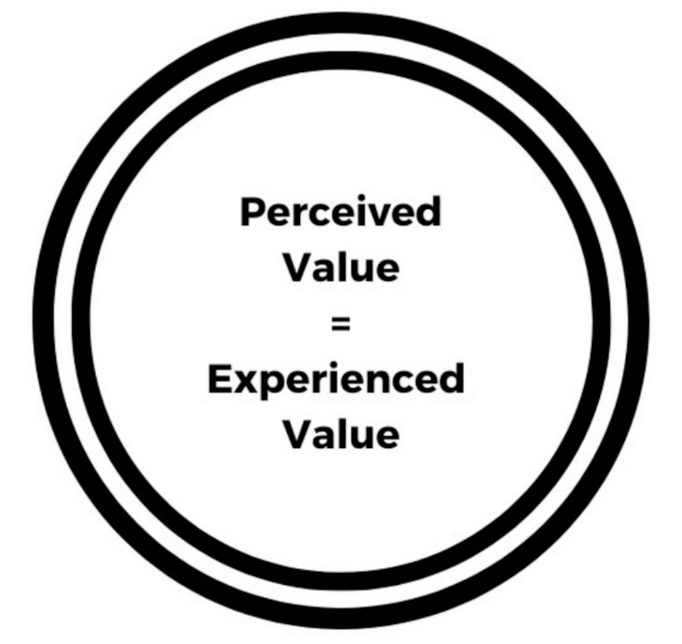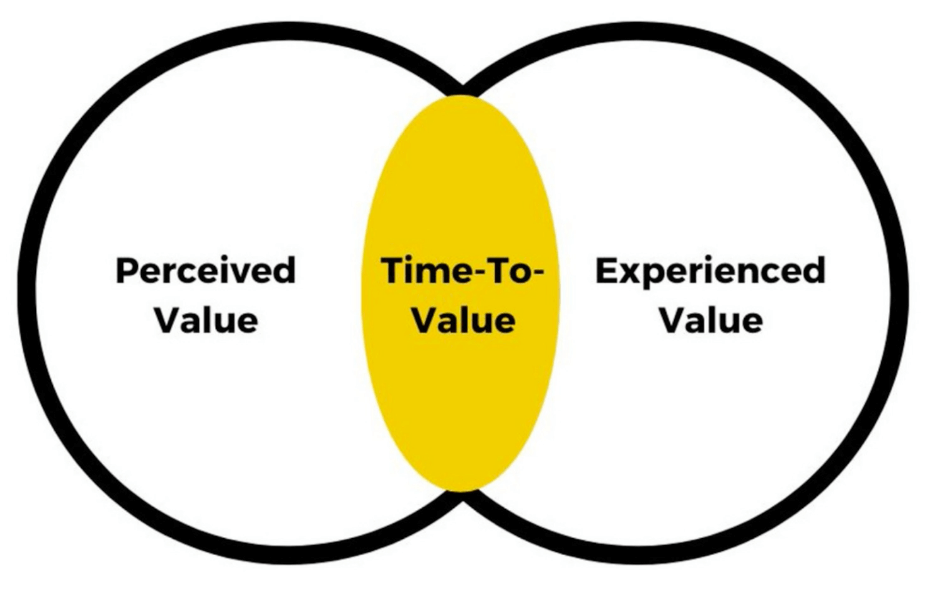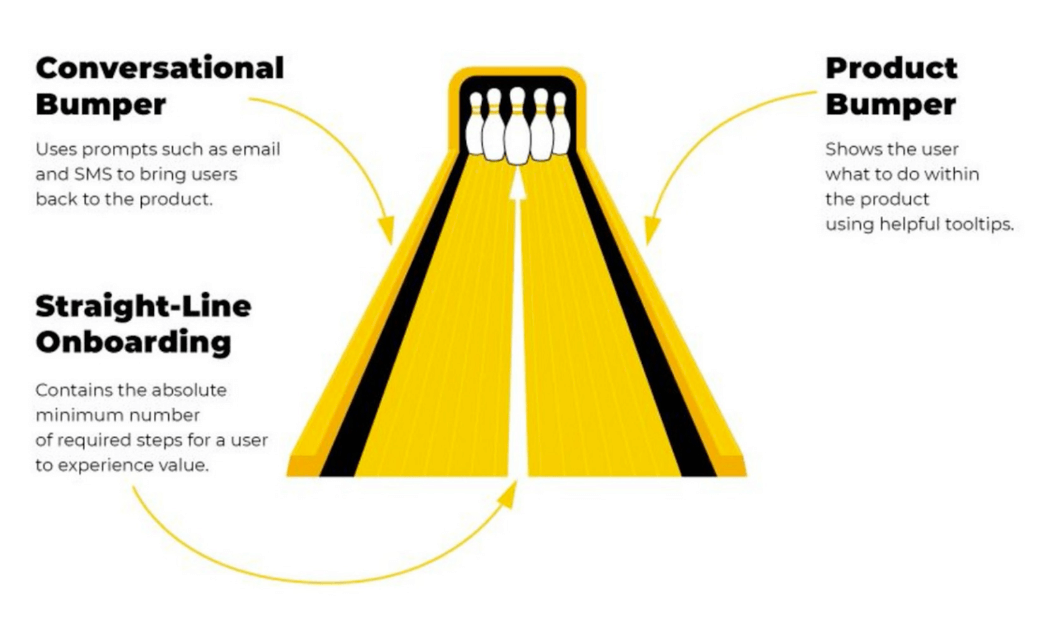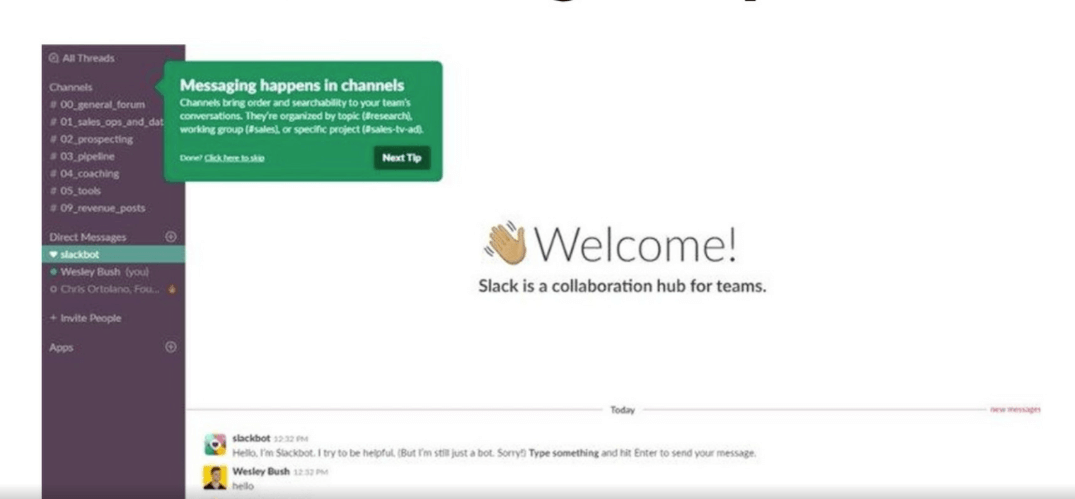A battle-tested product onboarding framework from Wes Bush

Turbulent times like these pose challenges for product companies as they need to fight harder than ever before to turn users into paying customers. That’s why effective user onboarding is mission-critical for any SaaS business.
To help you with this challenge, product-led expert and author of the Product-Led Growth book Wes Bush joined Product Excellence AMA Hour to share his proven onboarding framework.
Read on to learn what onboarding mistakes you’re likely making and how to help your users achieve so much success with your product that it becomes a no-brainer for them to upgrade to paying customers.
What is product-led growth?
When you hear about product-led growth, it’s usually in the B2B SaaS space. However, the whole concept of using your product to grow your company has been used in many different industries. Even in traditional businesses like the perfume business, if we’re going to invest in an expensive cologne, we want to get a sniff of it first and see if it’s what we want. If we buy a new car, we take it for a test drive. When we buy groceries, we might try a free sample at Costco.
People want to experience the product before they make a buying decision, especially in the current crisis when people are less prone to risks.
Is it just try before you buy?
Product-led growth helps companies minimize risk for hesitant buyers, but is it just trying before you buy or is there more to it?
Think about the perceived value of your product — the promise you make to your users in your copy, on your website, and in your app to improve their lives. Then, think about the experience value — how your product actually stacks up in terms of delivering the perceived value?
The best product-led companies are masters of making sure that the perceived value and what they promise lines up exactly with the experience users have.

Why are people not experiencing value in your product?
If it’s so easy, what is stopping us from helping people experience the value of our product?
The main problem is called Time-To-Value. Time-To-Value is understanding how long does it take for someone to really see the value of our product.
If we promise someone a better life, and it takes them a really long time to see the value, the majority of people will leave your app before they’re ever able to experience the value.

To see what Time-To-Value looks in practice, let’s look at a real SaaS example.
Snappa, an online graphics tool, had a challenge getting people into their product despite having a high-converting landing page. 27% of the people who signed up for the product didn’t actually go into the product.
When Wes dove deeper, he found that Snappa was making a big ask for their users early in the user experience. As soon as someone would click on the call-to-action to create their first graphic, they’d be directed to confirm their email.
Once Wes advised on delaying this confirmation step at a later stage of the user journey, Snappa managed to improve its Monthly Recurring Revenue by over 20% — a boost from this single activity. By removing the friction in the onboarding process, people who might have bailed out went into the product and experienced value much quicker.
How do we eliminate the value gap?
After a lot of experimentation, Wes managed to create an effective battle-tested onboarding framework that will help you reduce the Time-To-Value and systematically turn users into paying customers.
Meet the Bowling Alley Framework.

In bowling, you get a bowling ball and you roll it down a white straight line with the goal to get the majority of pins down. However, there are gutters on both sides. You don’t want to get your ball in these, or else you get zero points.
The Bowling Alley Framework consists of three main parts.
Part 1: Straight-line onboarding
In bowling, if you roll your ball down a straight line, your chances of striking out just skyrocket. Similarly, in SaaS, you need to think about the straight line of your product.
If you show everything that your product does, you’re going to overwhelm your users. Instead, Wes encourages product people to answer three simple questions:
1. What steps can be eliminated?
For instance, can you eliminate any scary signup form fields that you don’t necessarily need?
2. What steps can be delayed?
You want to delay steps in the onboarding process. A great example is Slack. Slack has a straight forward initial setup and avoids forcing all of the onboarding steps from the start. However, as soon as you input a Google Drive link, you’re being onboarded contextually based on what you do in the app.
3. What are the mission-critical steps?
What are the crucial onboarding steps that someone needs to do in order to experience the value of your product? For instance, you’re not going to get any value out of Google Analytics unless you upload a script to your website and Google starts analyzing all the user data.
Part 2: Product bumpers
40 to 60% of the people who sign up for your product, will log in, use it once, and never come back. So why is that?
If you’re new to bowling, how likely would you be to roll the ball into the gutter?. The whole reason bumpers were created for bowling was because they found a lot of the people who are new to bowling just kept rolling gutter balls.
When it comes to your product, the majority of people who try it for the first time will feel lost and decide it’s not worth it. To tackle this problem, think about how you could use product bumpers to guide your users through the critical steps.
What are some examples of product bumpers?
Product tours
Sometimes the quickest way to help your users experience the value of your product is to simply ask them what they want to accomplish in your product. This helps you to figure out what kind of value the user wants to experience from your product.
Checklists
If you have a list of the mission-critical steps in your product onboarding, the next best thing you could do is put those steps in a checklist to guide people when they sign up. Checklists help people to understand the steps they need to complete in order to experience value.
Onboarding tooltips
There are two main ways you can use tooltips. The first one is education. Slack, for example, is teaching you a new way of communicating with your colleagues. The other is to guide people through critical onboarding steps.

Part 3: Conversational bumpers
The last piece of the Bowling Alley framework is all about catching people where they are in their user journey and helping them out proactively.
When it comes to product onboarding, you probably have more of a “just in case” email onboarding sequence — you send the same emails at the same time, regardless of what someone does in your product. To improve your onboarding, Wes encourages that you think about the signals in your product. These signals will tell you what people are doing or not doing in your product, and what they need as a result.
Here are some of the best signals that you can look out for in your product:
Product signup
When a user signs up for your product, Wes encourages that you send a welcome email, usage tip email, or quick win email.
For instance, Soapbox, a Wistia video recording extension, does its best to get people to share their videos. If you miss sharing your video, you won’t be able to access most of the value of the product, which lies in the advanced video analytics of Wistia. That’s why when you record your first video, you will receive a congratulations email, and if you later miss sharing the video, they will nudge you to go back to the app and share your video.

You need to think about your own products and identify the mission-critical steps that people aren’t doing. This will help you guide them in the right direction.
Signal #2 Desired outcome
As Wes says, this is the most incredible moment in any product person’s career. Whenever someone who signs up for your product experiences the desired outcome, it means that your product has sold itself. At this point, the majority of the selling has already taken place, and the user is close to the decision-making stage. It’s time to help them make the final decision and upgrade them.
At this stage, you can fire off a number of conversational bumpers like a sales outreach email, a case study, or anything else that will help them have more success with your product. Once we have done the majority of selling and focused all of our efforts on helping users become successful, it is our duty to make it easier for them to continue that relationship with us.

Turning users into customers
The value gap between the perceived value of your product and the experience value is what prevents users from being successful with your product. As product people, we need to make sure that what we promise people is exactly what the experienced value is like, and help our users get there as soon as humanly possible.
If you found this piece helpful, try applying the framework to your own product and share your experience. We’d love to hear from you in the comments below!




![The CPO’s Blueprint for Annual Planning: An Opportunity to Drive Change [Part 3]](https://www.productboard.com/wp-content/uploads/2024/11/strategy-blueprint-560x293.png)
